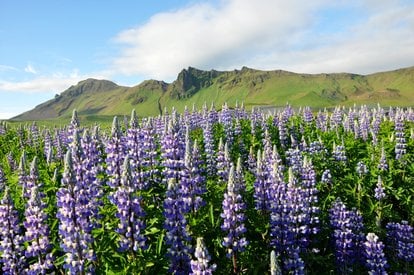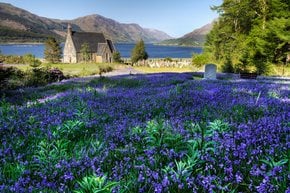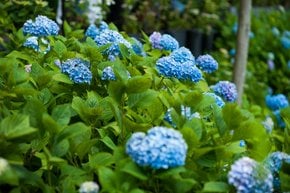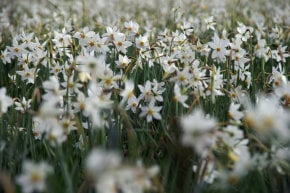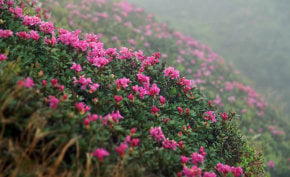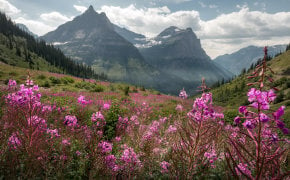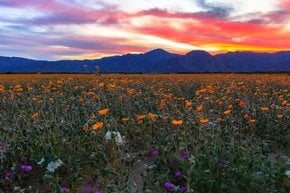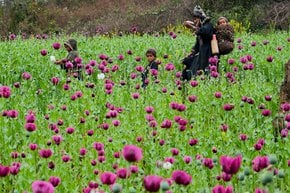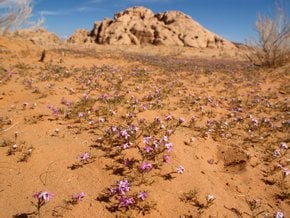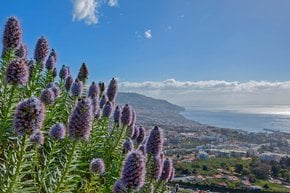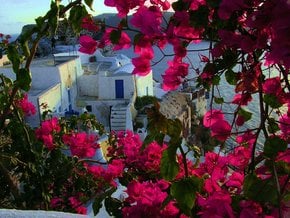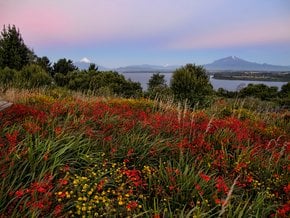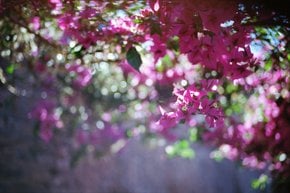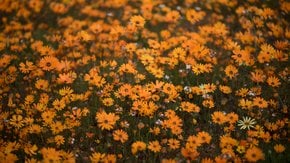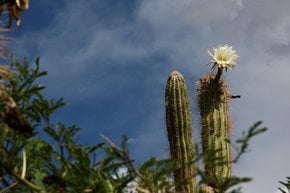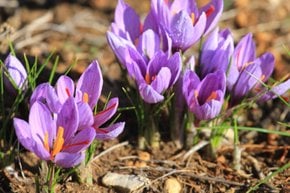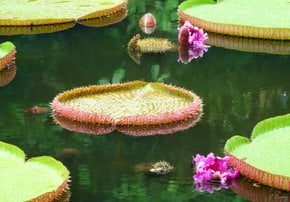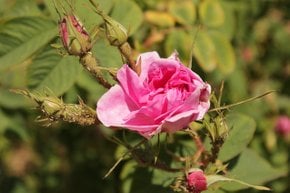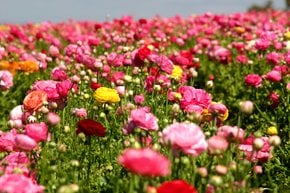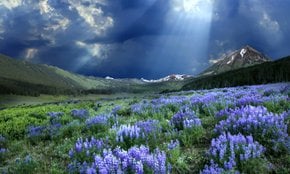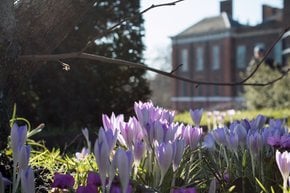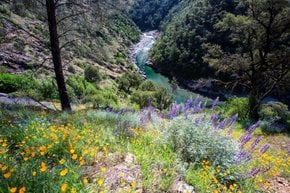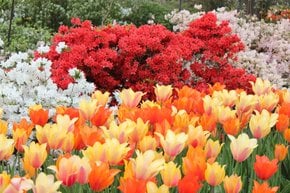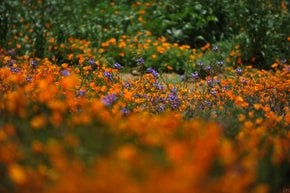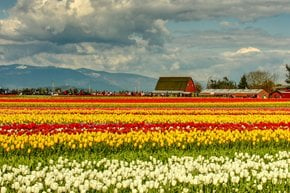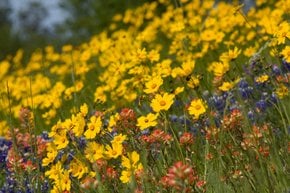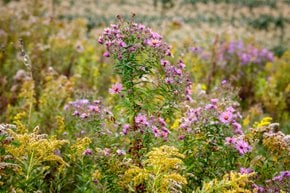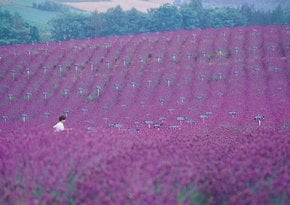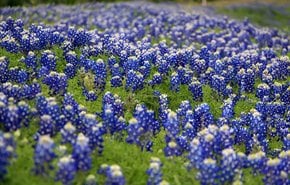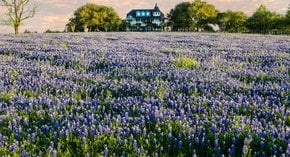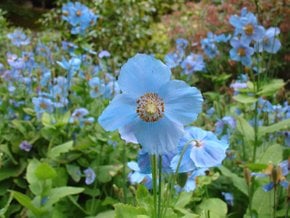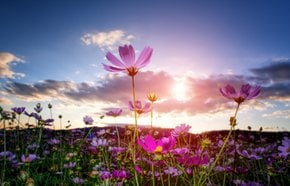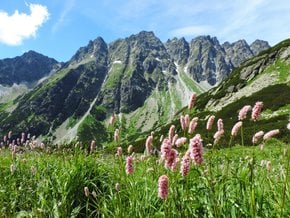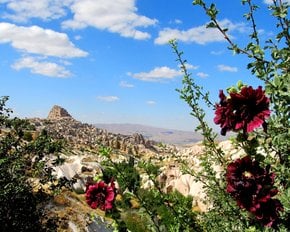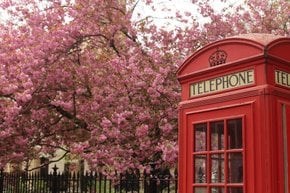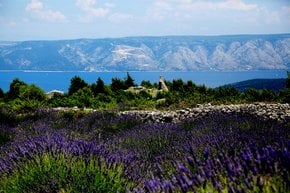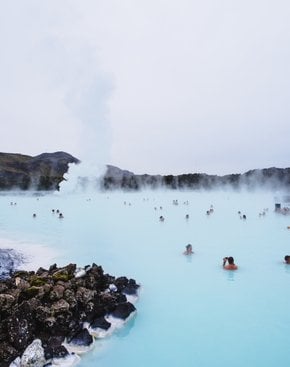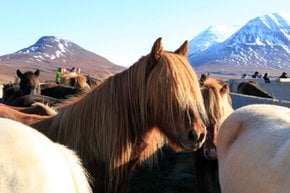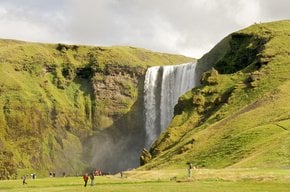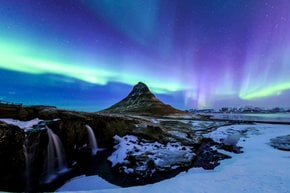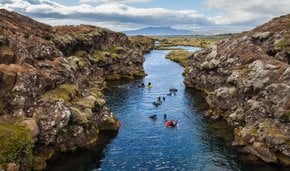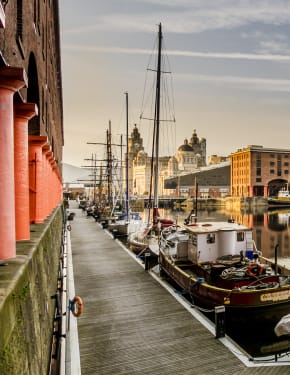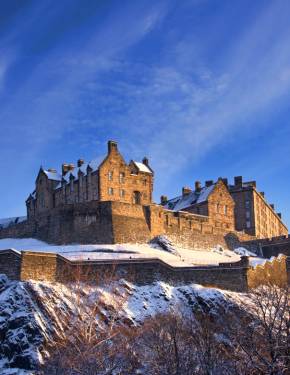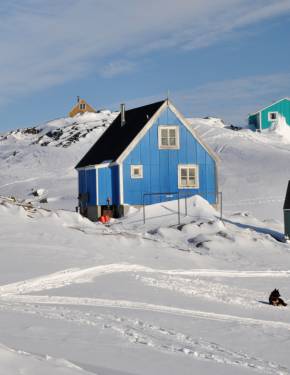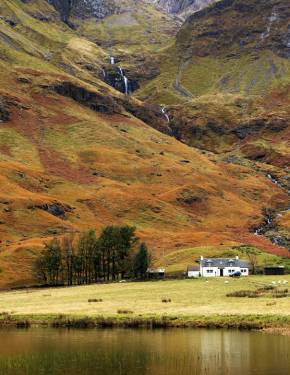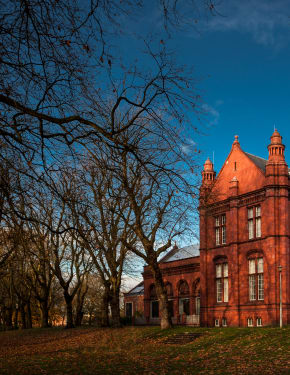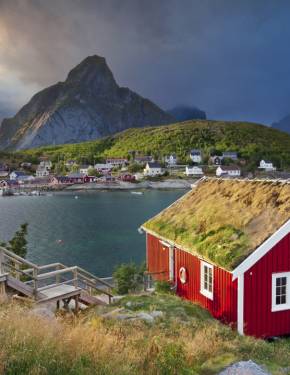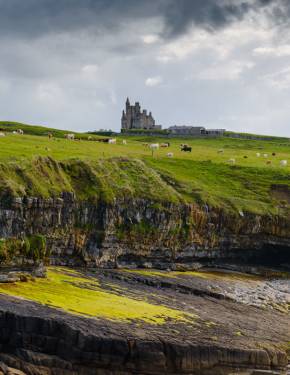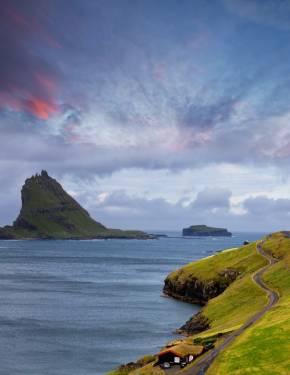Lupin Blooming in Iceland 2026
These beautiful purple flowers bloom all over Iceland providing spectacular views wherever you go
Best time: June–July
Come to Iceland in the summer months, and you'll be amazed by the abundance of these lovely flowers! Lupins are visible almost everywhere along roads, near waterfalls and lakes. This flower is not native to Iceland. Lupinus nootkatensis is also called the Alaskan lupin. It belongs to the pea family and was introduced to Iceland in order to fight land erosion and enhance soil fertility.
Since the early 20th century, the flower has certainly managed to overpass many native species. It's now being called invasive and harmful to the local flora. However, lupin fields surely look stunning, with beautiful waterfalls and mountains on the backdrop.
Lupine Season in Iceland
You will have the best chance to see large purple fields in Iceland during June, July, and even early August. Unlike other parts of the world, Iceland's lupines bloom a little bit later.
Where To Find Lupines Fields in Iceland
You can easily find lupin even within Reykjavik's boundaries. It grows in parks and by the roads. Some of the best pictures of lupine fields can be taken near Skogafoss waterfall, Húsavíkurfjall mountain in Northern Iceland, Víkurkirkja church in the village of Vik in the South, at Vatnajökull National Park, and in Westfjords region, The Picturesque Snæfellsnes Peninsula in western Iceland has a few fields near Hellissandur Church (Ingjaldshóll).
Lupine fields are to Iceland what lavender fields are to France. Their blossoms give a unique and amazing look to the landscape. Lupine's vivid purple color has made it one of the most famous plants and another recognizable symbol of Iceland.
Lupin Symbolism
The word "lupin" is derived from the Latin term for wolf. There was once a mistaken belief that this plant absorbed all the nutrients from the soil. However, in reality, it plays a crucial role in adding nitrogen to the soil. Aside from their associations with wolves, lupines are often associated with voraciousness and admiration.

